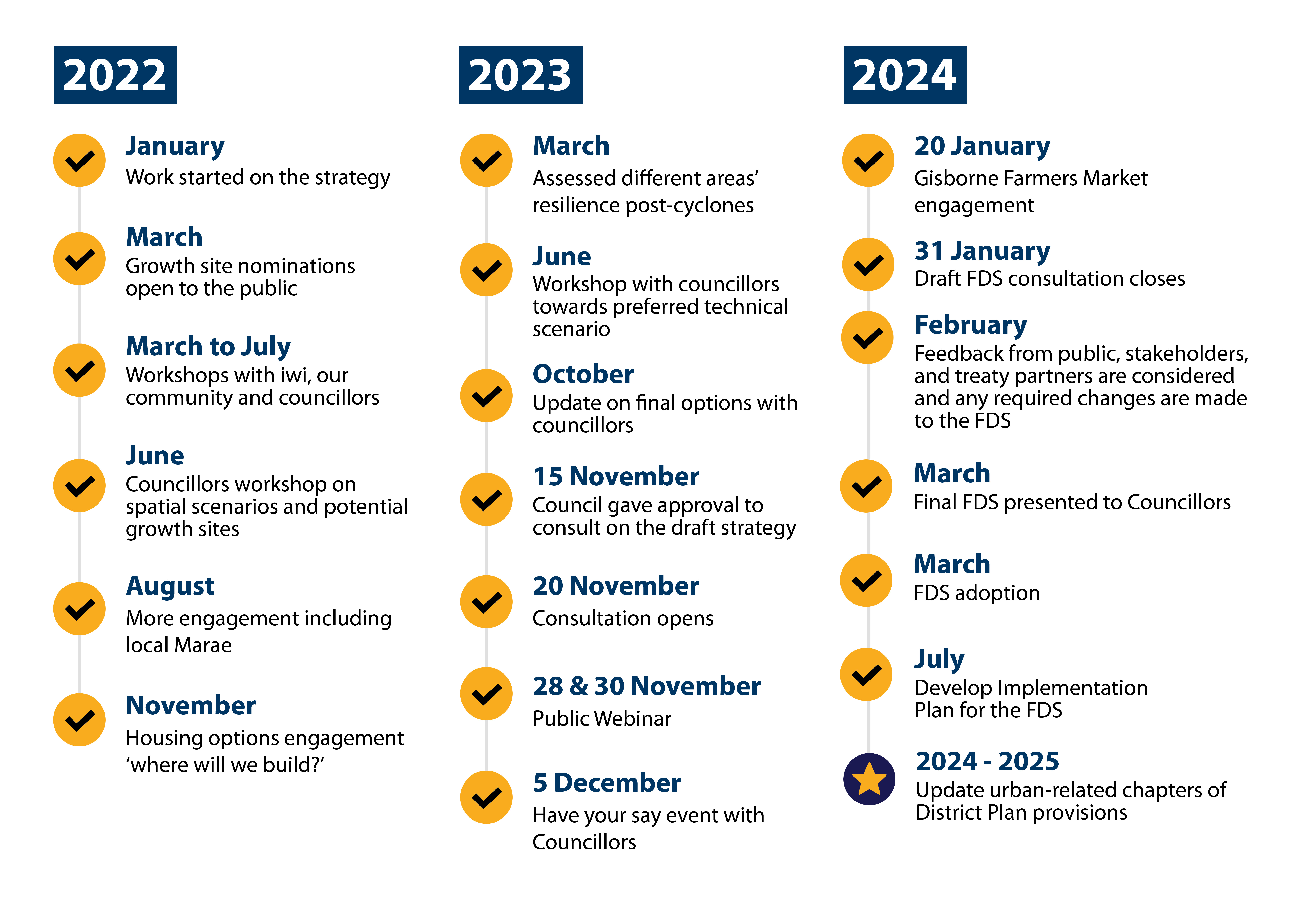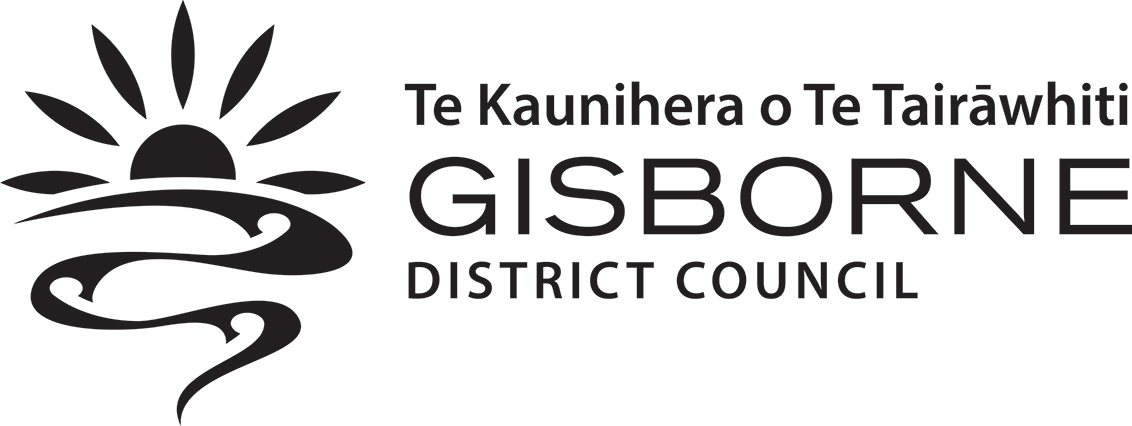Home is more than just walls and a roof. It's where we find safety comfort and community.
Our Future Development Strategy (FDS) is a 30-year vision planning tool that outlines areas in our region where there's potential for future housing growth. It identifies areas capable of supporting more homes in the future and shows the key infrastructures required to support this growth.
The strategy identifies locations suitable for homes (known as future growth areas) and allow for housing intensification in the city centre and surrounding areas.
The strategy and implementation plan
No results found for ""
How the FDS will be implemented
To put the FDS in action, changes are required to the future plans, policies and strategies which mostly come under the RMA.
The implementation plan is included above.
Any required changes to the TRMP such as zoning etc will follow the necessary RMA processes and community consultation.
Background to the development of the FDS
All councils are required to plan for future urban growth in a way that achieves well-functioning urban environments in both existing and future urban areas. The plan also makes sure there's sufficient development capacity available over the next 30 years to meet expected demand.
Tairāwhiti needs more homes to house our whanau now and in the future. Planned growth can bring opportunities, prosperity, and long-term benefits to the community and our environment.
We will need nearly 30% more homes over the next 30 years - that's just over 5,000 new homes. Almost half of Tairāwhiti's population doesn't earn enough money to buy or rent a home. It is important to plan for homes. Without enough supply, prices can be affected, our young people, family and workers may be driven away. If managed well, growth can benefit the entire community.
Enabling housing growth and intensification to occur in the right places can help bring housing costs down and create well connected communities.
The FDS focusses on the existing urban area and immediate surrounds of Gisborne City. Most growth is predicted to happen in the urban areas - City Centre, Elgin, Te Hapara, Mangapapa, Whataupoko and Kaiti.
The city is where most of the future growth is predicted to happen with some growth in nearby rural areas such as Manutūkē, Pātūtahi and Ormond East.
We considered the current ability of our coastal and rural townships to provide for the forecast growth in their areas and there is currently enough zoned land in the current operative RMA plan to meet expected modest levels of growth.
All these homes are not all needed immediately; it’s spread out over 30 years. Much can change during this period. We will monitor actual rates of home and population growth and housing demand and this will inform review of the FDS when needed.
The form development will take
To minimise urban sprawl and preserve productive land the FDS provides for building existing urban areas up, and a small amount of building out around existing city.
Building up (also called “intensification”) can provide around 75% of the additional homes needed across the region.

This includes various types of homes, ranging from infill on existing sites to more comprehensive schemes along transport corridors, neighbourhood commercial centres and in and around the city centre. Townhouses, terraced housing and some multi-unit building forms will also be enabled in suitable locations. A Residential Design Guide will be developed and integrated into the new RMA plan (TRMP).
Building out (expansion or sprawl) is expected to contribute about 25% of new homes. This involves modest expansion into new greenfield expansion areas, offering the opportunity for comprehensively planned suburbs with a mix of types of home. Additionally, larger lifestyle living environments will be available on the fringes of the city.
Avoiding sprawl in our rural areas as we grow and focussing on compact and sustainable settlements have been identified by our community as a priority in our Spatial Plan and Urban Development strategy.

Allowing modest expansion on the outskirts of our city provides choice, while maximising access to services like shops and cafes and minimising the infrastructure costs and commuting pressures. The FDS avoids expansion into rural flood prone areas, parks and reserves and productive land. Public transport is feasible when there are enough people to support it and the FDS was developed in line with our Transport Planning.
The FDS took 2 years to develop from January 2022 to March 2024. Representatives from various sectors were involved including government agencies, iwi, developers, infrastructure providers, service providers, industry groups, large employers in the Tairāwhiti region and council-controlled organisations.
During early engagement and formal consultation, the majority supported intensification especially within the city centre for mixed-use, walkable, high-density developments. However, the capacity of infrastructure was flagged as the most pressing constraint to development as it is insufficient in some areas for intensification.
Housing affordability was also raised as a key constraint for whanau in the region.
There was general agreement on protecting productive agricultural land and focusing development within existing urban areas. Natural hazards like flooding, sea-level rise, and earthquakes were recognised as constraints, with hazard-prone areas were flagged as no-go areas.


